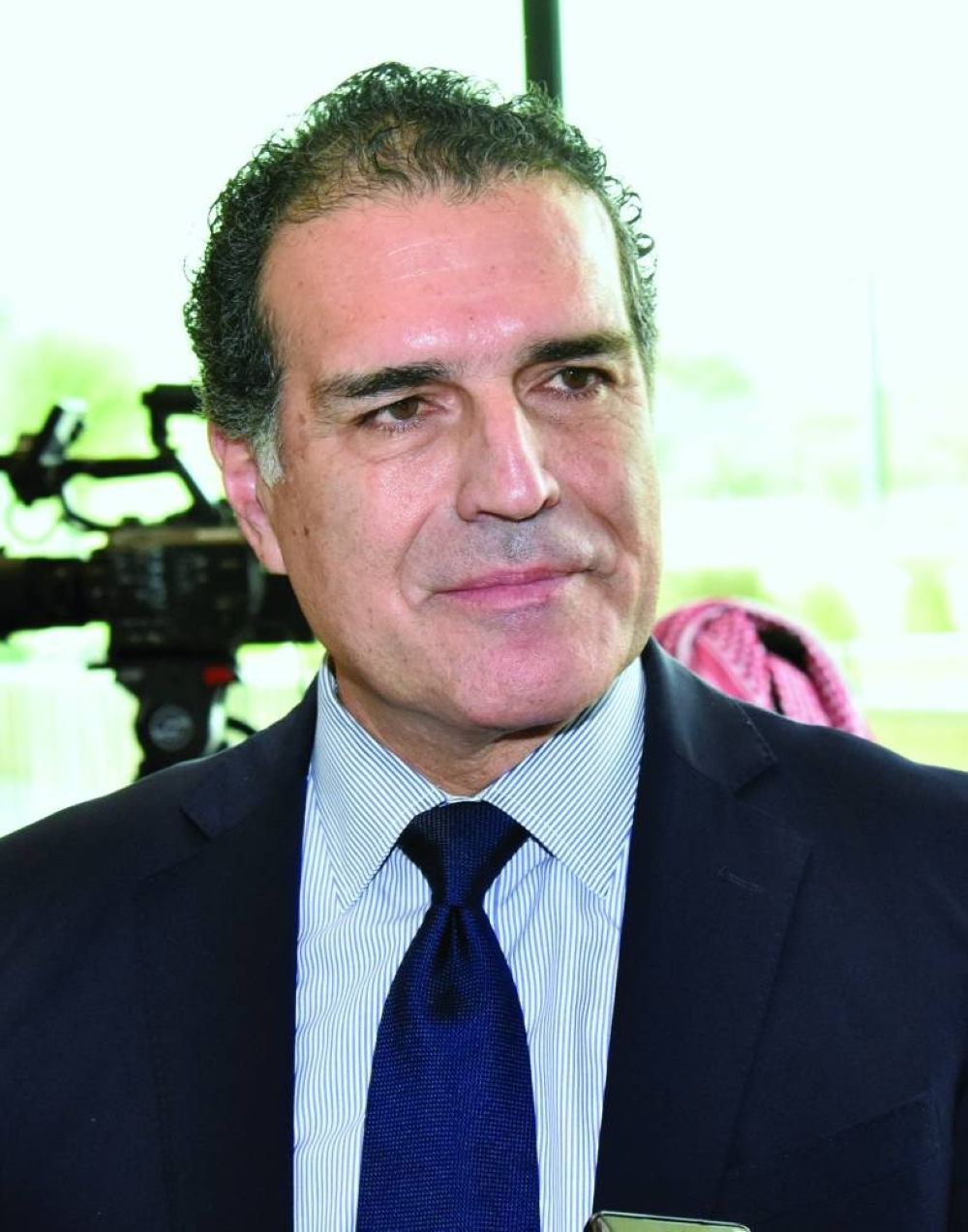Several tests have been conducted as part of a study at Qatar Foundation’s (QF) Education City to continue making the place more sustainable and reduce carbon reduction, which later can be applied at the national level, revealed a top official.
"The advantage of Education City is that it is large place where we can conduct many experiments and the results can be applied in Qatar as a whole," Dr Gonzalo Castro de la Mata, executive director of Earthna Centre, a QF initiative, told the media recently.
"We have measured the carbon footprint in Education City. Now we know where the carbon is emitted and how to develop a strategy to lower the carbon emissions. We have the methodology and then we have the strategies to reduce the carbon emission.
“We have identified the sources of carbon emission and what can be done about it. One of the areas of focus is efficiency of the buildings. So the buildings have to be well insulated. Another important area is lights that automatically go off. So installing those types of sensors is important and many of the buildings have that and we have to install them at places where such facility is not done already.
“Another area is water. When you desalinate water, a lot of carbon dioxide is emitted because of the use of energy. Therefore, you need to conserve water to reduce emissions. Some people don’t think about water as a source of emissions. But in a country where water comes from desalination primarily, then of course you should consider it as source of emission,” continued the official.
"We have a strategy to continue making Education City more sustainable including the livability of the city, allowing people to walk with shade and introducing solar panels to provide shade and to generate electricity. Landscaping is one of the areas we are going to move forward and of course some green rooftops too. Then we are planning to have some pilots and after that we can apply it to Doha as a whole,” added Dr Castro de la Mata.

Dr Gonzalo Castro de la Mata.

